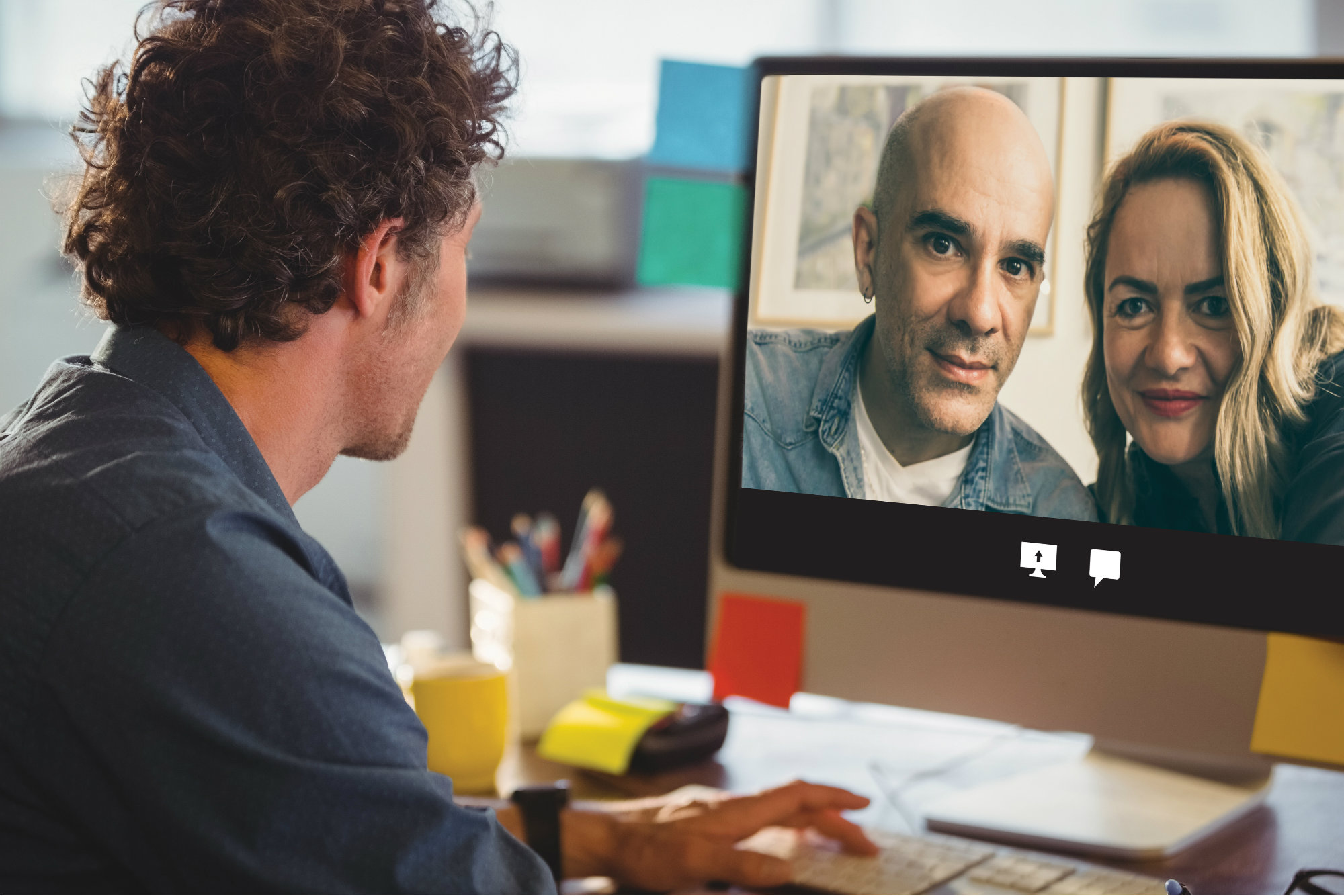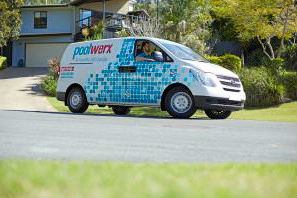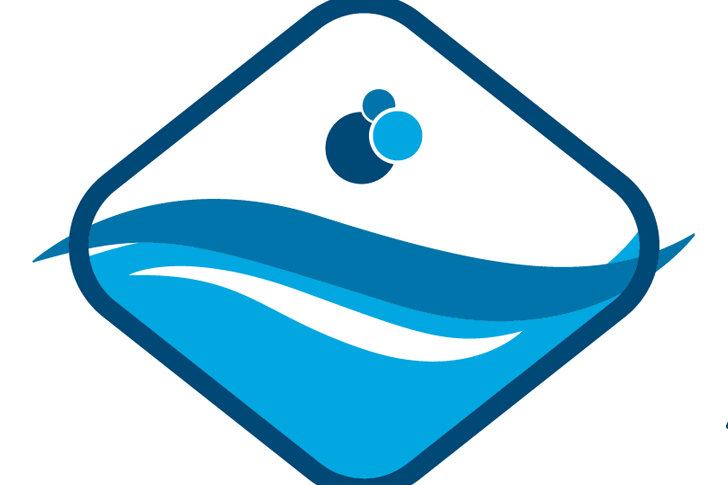With a few exceptions, pool and spa construction has gone relatively unscathed by pandemic restrictions. Design in particular has been left untouched: While construction can become stalled by delays in permitting, the design process can be accomplished from the professional’s home, with little to no bureaucratic impediment.
But social distancing must be practiced, so more builders are turning to platforms such as Zoom to conduct virtual meetings with prospective clients. Many are grateful for this availability — they wonder what they would have done just a relative few years ago before such platforms were available. Still, the lack of physical presence creates challenges. How do you create a bond, show your wares and gauge clients’ reactions without all the body language visible?
While virtual meetings aren’t ideal, they do present opportunities: This makes a good option for meeting out-of-state clients interested in adding a pool to their second homes, and it’s a quick way to include architects, interior designers and others into the conversation. For this reason, some professionals expect to use virtual meetings at least occasionally after the Covid-19 restrictions have been lifted.
In yet another quick adjustment to the Covid-19 crisis, designers are still perfecting their approaches to this process. Here, four share their strategies so far.
Filling the gaps
The loss of body-language cues poses the biggest complication, these builders say.
The lack of physical presence can make it more challenging to create personal bonds with the client. To help, the team at Ashton Pools by Design replicates many of their practices with in-office meetings — they dress in the same company polo shirts and colors and then do what they can to make sure clients are comfortable. In the office, they would offer a beverage. When starting a video conference, “I tell them I have my water or tea, and I ask if they have everything they need to be comfortable,” says Nicole Ashton, vice president of the Rehoboth Beach, Del.-based firm.
But don’t get too comfortable, she warns. If you are taking the meetings from your own home, don’t show anything that would risk controversy or offense. “I’m doing it in the kitchen, so they’re seeing a bunch of cabinets for the most part,” Ashton says. “They don’t see which news stations is on TV or anything like that.”
During the conversation, she and her husband, founder Joe Ashton, keep the conversation light. They allow themselves to veer off topic more than usual. If a child or pet happens into the picture, ask about them. Show them your own pets. “Everyone wants to connect right now,” Ashton says. “We’re all kind of isolated.”
That also means the Ashtons generally don’t discuss the crisis that brought them on-screen. “We’re talking about pools — it’s fun,” she says. “Let’s leave Covid-19 for the other 23 hours of the day. I’m their escape.”
Finally, show more flexibility than normal, Ashton advises. These are unprecedented times, and some homeowners can show signs of stress. If the clients seem very distracted or stressed out, offer to reschedule.
Replicating the in-person experience
Another challenge comes to builders who pride themselves on impressive facilities and design centers: You can’t give the client the big tour to help establish your credentials, commitment and longevity. Scott Cohen, president of the Green Scene Landscaping and Pools in Chatsworth, Calif., has found a couple ways to adapt.
First, he likes to take advantage of the ability to digitally switch the background behind you, as offered with Zoom. He’ll start with a photo of his design center as the background so customers can see that he has a full-scale facility. (In the follow-up meeting, when he presents the actual design, he might use the rendering as the backdrop.)
Second, he plans to purchase a video camera so he can provide a quick virtual tour of his facilities at the beginning of a meeting.
He had a similar solution to another issue: In a virtual meeting, it’s more difficult to make liberal use of impromptu hand sketches to help clients understand initial concepts and solutions. Prospects can’t just look across the table while the sketch develops. To more closely replicate the in-person experience, “I ordered another web cam that sits over my desk so I can do sketches and the client can see what I’m doing as I’m doing it,” he says.
Conducting meetings virtually also makes it more difficult to read reactions. “You’re not getting as much body language from clients,” says Kate Wiseman, principal designer at San Diego-based Sage Outdoor Designs and design faculty chair with the education group Genesis. “So it’s a little harder to make sure they’re really on board with what you’re trying to do.”
So make sure to get as much of the clients’ reactions on screen as possible. To show the design details, you’ll share your screen with the client so they can see the renderings and videos of the concept over the entire screen. Expect to show the videos and drawings a couple times. Ask if there are any particular details that they’d like you to show close-up, or to stop the video on. But toggle back and forth so you can see their expressions. “Each time we play [a video], we get back on the screen and look at their expressions,” Ashton says.
Each time you show or describe something new, ask what they think — again, to make up for that loss of body language.
As they offer input and share reactions, also verify that you understand exactly what they’re saying or asking. Taking things more slowly through each stage of the meeting and ask a lot of follow-up questions. Don’t take anything for granted. It may not be as clear as you think, since they can’t just point to things as they speak.
“It’s a little harder if you’re trying to describe that to me, rather than show me,” says Peter Batterton, district manager with Austin-based PSN Top 50 Builder Cody Pools. “We may have to go through many different steps. Like I may have to verify if you’re talking about my right or your right.”
Even with these measures, some things may get lost in translation. For this reason, Wiseman builds in more time for changes and edits to her designs after unveiling them to the client. “Because I can’t read them as well, I need to build more steps into the process,” she says. “So I may end up giving them a couple hours of free design time that I normally wouldn’t to catch edits.”
Explain this to the clients at the beginning of the process, she suggests, to assure them that the final result won’t suffer.
Material clarity
Finally come the more concrete logistical challenges when holding a contact-free meeting: How do you really assess the site and its topography, and how do the clients get a good look at materials being considered?
You can ask for surveys of the property and house plans, if available. But some visit the site ahead of time to take contact-free measurements of the property. They might peek into windows to get a sense of the home interior and, as much as possible, the view corridors from windows. Of course, follow local laws, maintain social distance and sanitize where necessary.
To learn their stylistic preferences, ask for photos of the home interior. While meeting with them online, take note of any decor that shows up onscreen.
To thoroughly familiarize clients with proposed materials, Cohen delivers samples to their homes: “I’ll explain to the client, ‘I’m going to send out three pieces of pavers to your house. Look at it against your stucco color, look at it in daylight and at sunset to see how you like it.’”
Ashton will show samples on-screen during their presentation. She’ll take photos of the samples and email them to the client.
For those who want a firsthand look, she’ll assemble the relevant samples outside the company’s offices and label them. Clients can stop by the offices at their convenience and assess the samples contact-free. “I’ll lay them out similar to an interior designer’s board,” Ashton says.
Moving forward
As he continues to perfect the art of virtual design meetings, Cohen fully expects them to continue past the current crisis.
“Once you’ve done it a few times, you’re comfortable with it,” he says. “Certainly our younger generation is more comfortable with it … It’s really a cultural shift that is going to affect us moving forward.”



